Car accidents are a major concern for drivers in New York and Pennsylvania. With busy roads, unpredictable weather, and varied driving habits, understanding the most common types of accidents is essential to staying safe. By being informed, you can avoid many risks that can lead to serious injuries or even fatalities.
Accidents affect individuals and entire communities. This guide explores different types of accidents, their causes, and prevention tips to help you stay safer on the road.
Overview of Car Accidents in New York and Pennsylvania
Car accidents are a pressing issue in both New York and Pennsylvania. Knowing more about these accidents can help you drive more cautiously and take appropriate actions if you’re involved.
Accident Statistics for New York and Pennsylvania
Car accidents are common across both states. According to the Office of the New York State Comptroller, there were 1,175 fatalities in New York in 2022. Pennsylvania also faces significant challenges, with over 110,000 reportable traffic crashes recorded in 2023, as the Pennsylvania Department of Transportation reported.
These numbers underscore the importance of understanding accident types and taking steps to reduce risks.
Why Understanding Accident Types Matters
Knowing the different types of car accidents is crucial for several reasons:
- Prevents Accidents: Recognizing risks helps you avoid dangerous driving situations.
- Prepares for Legal Matters: Helps handle legal issues and insurance claims.
- Simplifies Insurance Processes: Identifying accident causes can make filing and managing claims easier.
Detailed Breakdown of Common Types of Car Accidents
Let’s look at the most frequent types of car accidents in New York and Pennsylvania and how you can avoid them.
Single-Vehicle Accidents
Single-vehicle accidents involve just one vehicle.
Causes and Consequences
- Driver Error: Distraction, speeding, or fatigue often lead to single-vehicle crashes.
- Environmental Factors: Rain, snow, or icy roads can make driving hazardous.
- Vehicle Malfunctions: Brake failure or tire blowouts are common causes.
Consequences of single-vehicle accidents can include severe injuries, vehicle damage, and road hazards.
Prevention Tips
- Maintain Your Vehicle: Inspect brakes, tires, and other critical systems regularly.
- Adapt to Weather Conditions: Slow down and stay cautious during rain, snow, or ice.
- Drive Attentively: Avoid distractions like texting, and always follow speed limits.
Head-On Collisions
Head-on collisions are among the most dangerous accidents, typically occurring when two vehicles collide front-to-front.
Causes and Aftermath
- Wrong-Way Driving: Driving against traffic on highways or one-way streets.
- Distraction: Drifting into oncoming traffic can have deadly consequences.
The aftermath of head-on collisions is often severe, leading to serious injuries or fatalities, and vehicles usually sustain significant damage. Consult with a Syracuse head-on collision lawyer to know about your legal rights.
Prevention Tips
- Stay in Your Lane: Be vigilant and avoid distractions.
- Drive Defensively: Always be aware of other vehicles, especially in high-traffic areas.
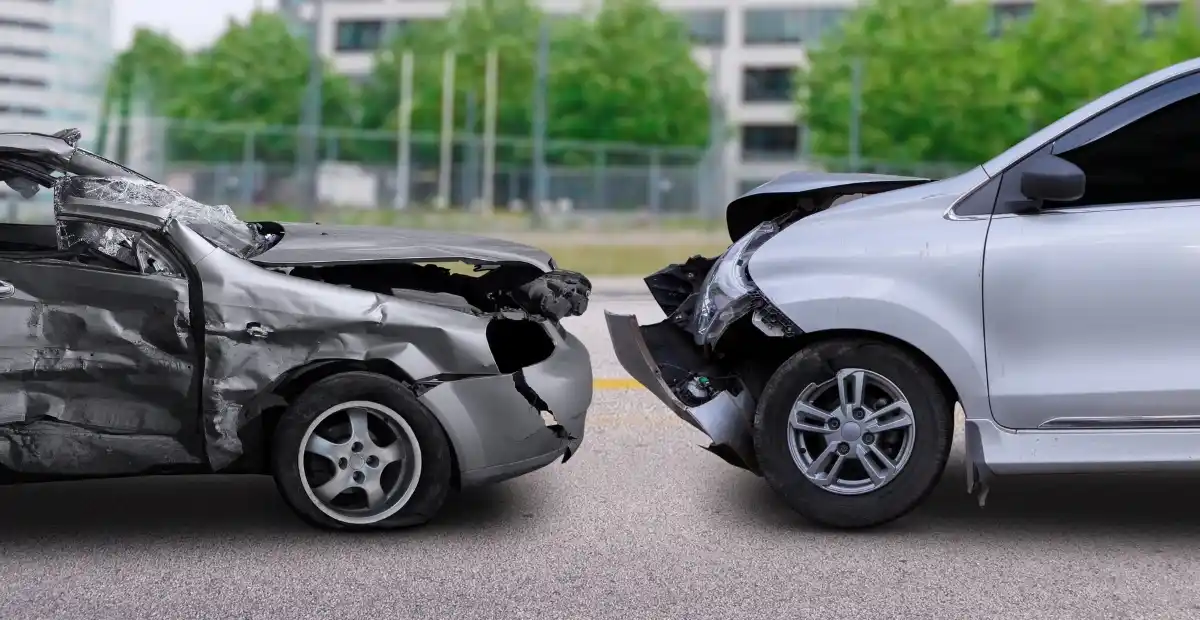
Rear-End Collisions
A rear-end collision happens when one vehicle crashes into the back of another.
Causes and Effects
- Tailgating: Following too closely leaves little reaction time.
- Sudden Stops: Abrupt halts by the front vehicle can lead to a crash.
These accidents often result in whiplash, back injuries, and vehicle damage.
Tips to Avoid Rear-End Collisions
- Maintain a Safe Following Distance: Leave enough space between your vehicle and the one in front.
- Stay Aware of Traffic: Anticipate stops and changes in traffic flow.
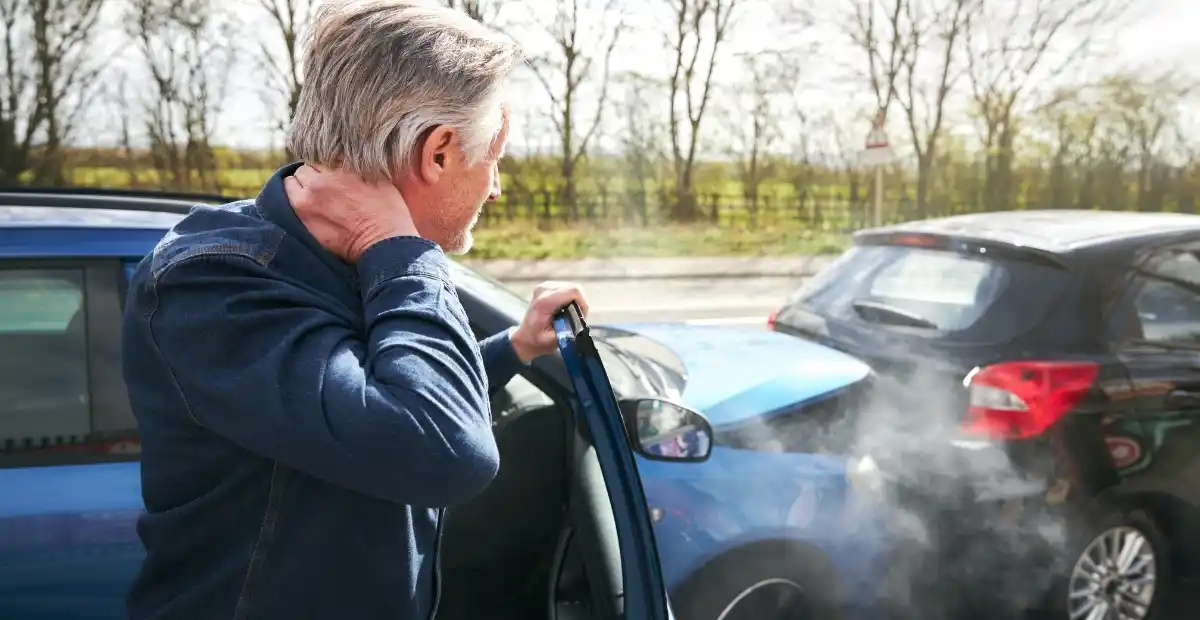
Side-Impact Accidents
Side-impact accidents, also known as T-bone collisions, occur when one vehicle strikes the side of another, often at intersections.
Causes and Consequences
- Intersection Accidents: Failing to yield or running a red light is a common cause.
- Failure to Yield: Not giving the right of way at intersections, as required.
These accidents can cause severe injuries, especially to passengers sitting on the side of the impact.
Prevention Tips
- Obey Traffic Signals: Always stop at red lights and yield where necessary.
- Use Proper Lane Practices: Signal before turning and check for oncoming traffic.
Rollover Accidents
Rollover accidents involve a vehicle tipping onto its side or roof, often due to loss of control.
Causes and Typical Outcomes
- Vehicle Type: SUVs and trucks with higher centers of gravity are more prone to rollovers.
- Speed: Sharp turns at high speed often result in rollovers.
Rollover accidents can lead to severe injuries or fatalities, and vehicles often sustain significant damage.
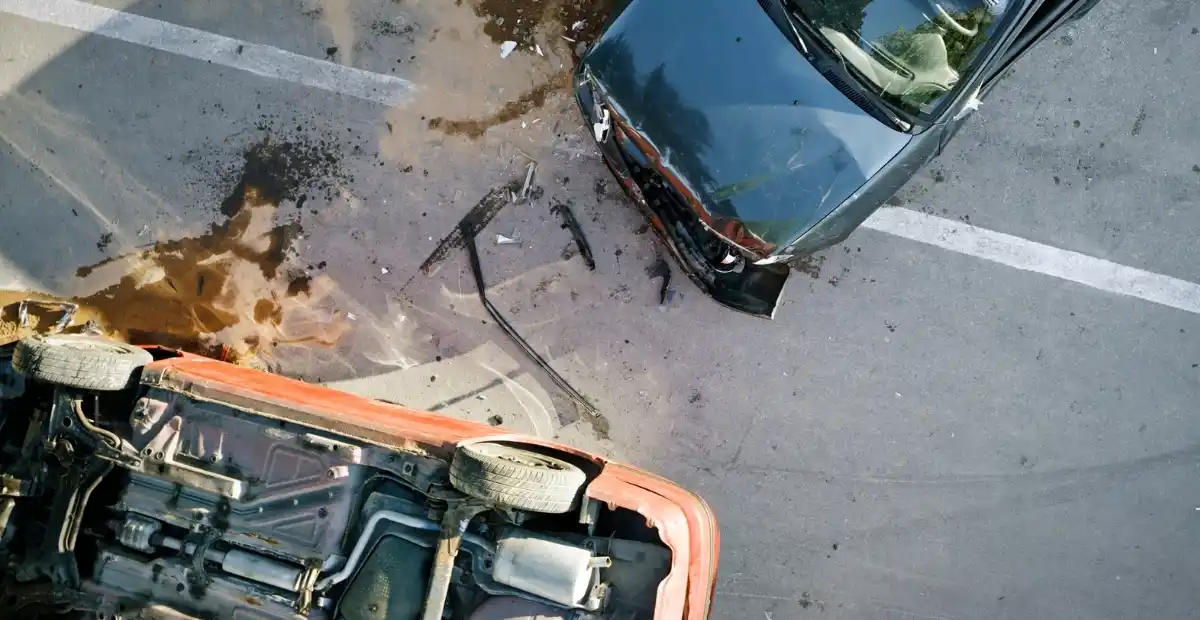
Prevention Tips
- Slow Down on Curves: Reduce speed when taking sharp turns.
- Balance Your Load: Ensure even weight distribution, especially in larger vehicles.
Sideswipe Accidents
Sideswipe accidents occur when two vehicles make contact along their sides, often during lane changes or merging.
Causes and Consequences
- Lane Merging: Merging without checking blind spots can lead to sideswipes.
- Blind Spots: Failing to check blind spots increases the risk of hitting another vehicle.
Consequences include moderate to severe vehicle damage and potential injuries, depending on the speed and impact.
Prevention Tips
- Safe Lane Changing: Always use your turn signal and check your mirrors and blind spots before changing lanes.
- Proper Mirror Adjustments: Adjust your mirrors to minimize blind spots, ensuring better visibility.
Multi-Vehicle Crashes and Pileups
Multi-vehicle crashes, often called pileups, involve several vehicles and usually occur in heavy traffic or poor weather conditions.
Common Causes and Effects
- Chain-Reaction Crashes: One crash leads to multiple collisions involving several vehicles.
- Weather Conditions: Low visibility, snow, and icy roads contribute to pileups.
Pileups can cause extensive damage, multiple injuries, and, in severe cases, fatalities.
How to Avoid
- Maintain Safe Distances: Keep a larger gap between your vehicle and others during heavy traffic or bad weather.
- React to Slowdowns: Stay alert and be prepared to slow down or stop suddenly to avoid a chain-reaction crash.
Common Causes of Car Accidents
Several key factors contribute to car accidents:
Negligent Driving Behaviors
- Distracted Driving: Using phones or other devices takes focus off the road.
- Speeding: Driving too fast for road or weather conditions increases risk.
- Reckless Driving: Aggressive maneuvers, like tailgating or ignoring traffic signals, often lead to accidents.
Vehicle Maintenance Issues
- Brake Failure: Worn-out brakes can fail in critical moments.
- Tire Blowouts: Poorly maintained tires can burst while driving.
- Engine Problems: Malfunctions can lead to sudden breakdowns.
Poor Road Condition
Poor road conditions contribute significantly to accidents by creating hazardous driving environments. Drivers in New York and Pennsylvania need to be particularly cautious of the following routes:
In New York:
- Taconic State Parkway
- Interstate 87
- Interstate 95
- Interstate 81
- Upper Broadway, New York City
Each route presents unique dangers and contributes significantly to the state’s traffic accident rates.
In Pennsylvania:
- Interstate 83
- Interstate 78
- Interstate 80
- Interstate 81
These routes present a high risk for accidents due to traffic congestion, rapid lane changes, and challenging merges. Staying aware of these hazardous conditions and cautiously driving can help reduce the risk of accidents.
Environmental Factors
- Weather Conditions: Rain, fog, and ice reduce visibility and control.
- Poor Lighting: Driving at night or in low-light areas increases accident risk.
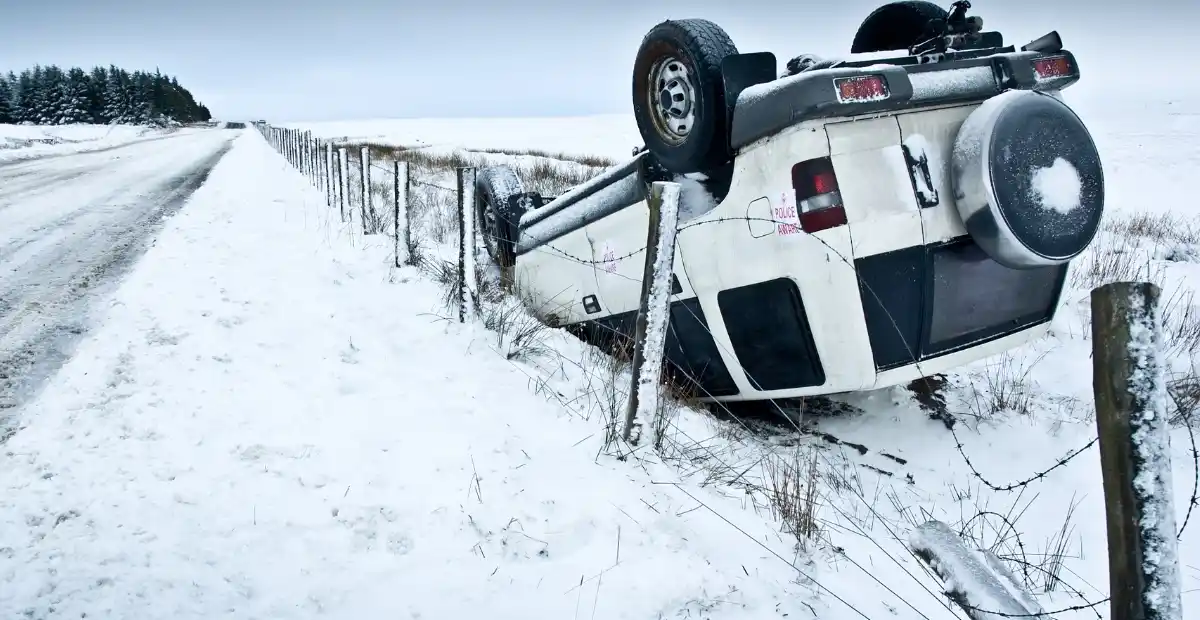
Unexpected Animals on The Road
- Wildlife and Pets: Animals unexpectedly crossing the road can lead to crashes. Be alert, especially in rural areas.
How to Prevent Car Accidents
Preventing car accidents involves safe driving habits and vehicle upkeep.
Practice Safe Driving Techniques
- Avoid Distractions: Stay focused and avoid using your phone.
- Follow Speed Limits: Stick to posted limits and adjust for conditions.
- Keep a Safe Distance: Maintain enough space between your vehicle and others.
- Use Signals: Always signal your intentions to other drivers.
Regular Vehicle Maintenance
- Check your Brakes and Tires: Inspect and replace them as needed.
- Monitor Engine Performance: Address issues promptly.
- Ensure Lights and Signals Work: Make sure all are functioning.
Staying Aware of Road Conditions
- Check Weather Reports: Know what to expect before you head out.
- Watch for Road Signs: Pay attention to warnings and speed limits.
- Adapt Your Driving: Drive cautiously in bad weather or poor visibility.
Steps to Take After an Accident
Knowing what to do after an accident can help protect your rights and ensure safety:
Immediate Steps to Take
- Ensure Safety: Check for injuries, call emergency services, and move vehicles off the road if possible.
- Exchange Information: Collect names, phone numbers, driver’s license details, and insurance information from all parties.
- Document the Scene: Take pictures, note the time and location, and gather witness statements.
- Report the Accident: File a report with the police and contact your insurance company.
Legal Considerations
- Consult a Lawyer: Contact a car accident attorney to understand your rights and handle all legal and insurance matters.
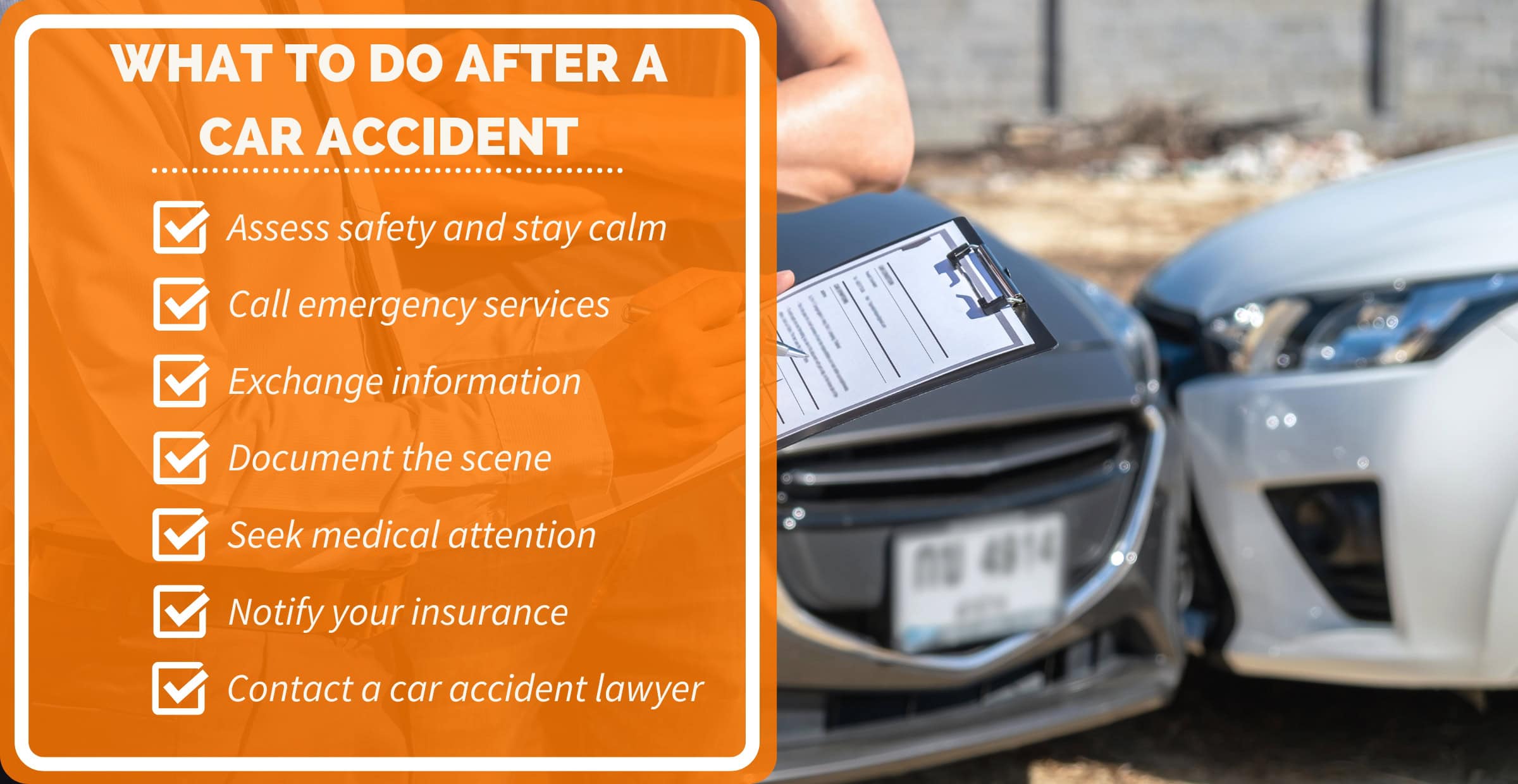
Community and Government Road Safety Initiatives
New York and Pennsylvania have implemented various community and government road safety initiatives to reduce accident rates and improve overall road safety.
Law Enforcement Measures
- Increased Patrols: Police in New York and Pennsylvania step up patrols to enforce traffic laws and deter dangerous driving behaviors.
- Sobriety Checkpoints: Law enforcement sets up checkpoints during peak times to catch impaired drivers.
- Ticketing for Violations: Officers regularly issue tickets for common infractions, such as speeding, running red lights, and using phones while driving.
Public Awareness Campaigns
- Public Campaigns: Government and local groups promote road safety, focusing on distracted driving and seatbelt use.
- Community Workshops: Local workshops teach safe driving and vehicle maintenance.
- Social Media: Authorities share traffic updates and safety tips through social media to engage the public.
Infrastructure Improvements
- Road Repairs: Governments repair potholes and improve road surfaces to reduce accidents.
- Better Signage and Lighting: New signs and lighting at high-risk intersections enhance visibility.
- Intersection Redesigns: Redesigning some intersections to improve traffic flow and reduce collisions.
Conclusion
Understanding the common types of car accidents and how to prevent them can reduce your risk on the road. Stay safe by practicing good driving habits, maintaining your vehicle, and staying aware of road conditions. And if you’re involved in an accident, knowing what steps to take can help protect you legally and financially.
Local initiatives in New York and Pennsylvania, such as law enforcement efforts, public awareness campaigns, and road improvements, are essential for enhancing road safety. By supporting these efforts and driving cautiously, you contribute to safer roads for everyone.
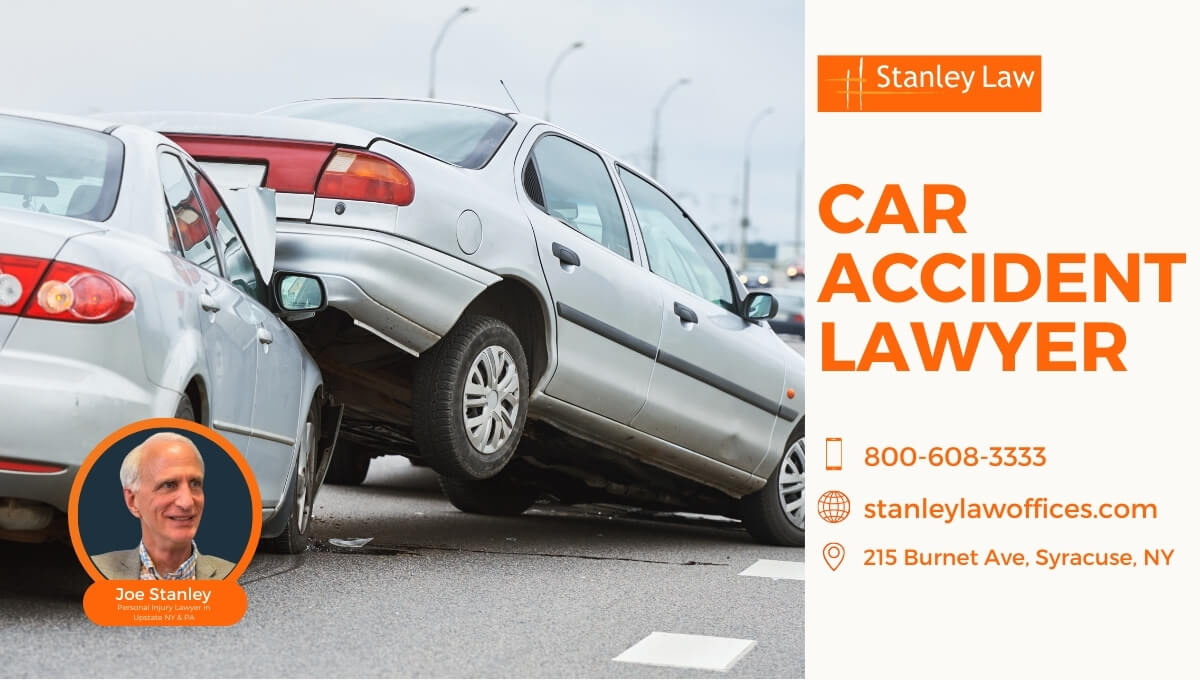
Get Expert Help
If you’ve been in a car accident, don’t wait—contact Stanley Law Office for expert legal assistance. Our experienced team specializes in car accident cases and can guide you through the legal process. Let us help you get the compensation and support you deserve during this challenging time.
Call us today to schedule a free consultation and start protecting your rights.
Types of Car Accidents: FAQs
What Should I Do If I’m Involved in a Car Accident with an Uninsured Driver?
Exchange information, file a police report, and consult a lawyer to explore your options for recovering damages.
Are There Specific Times or Locations where Certain Car Accidents are More Likely to Occur?
Rush hour traffic, busy weekends, and high-risk areas such as busy intersections increase the likelihood of accidents. Seasonal changes can also affect road conditions and visibility, which is likely to cause more accidents.
What is the Most Common Collision Type in these States?
Rear-end collisions are the most common in both New York and Pennsylvania.
Is Pennsylvania a No-Fault State for Accidents?
No! Pennsylvania follows a fault-based system where the at-fault driver is responsible for damages.

